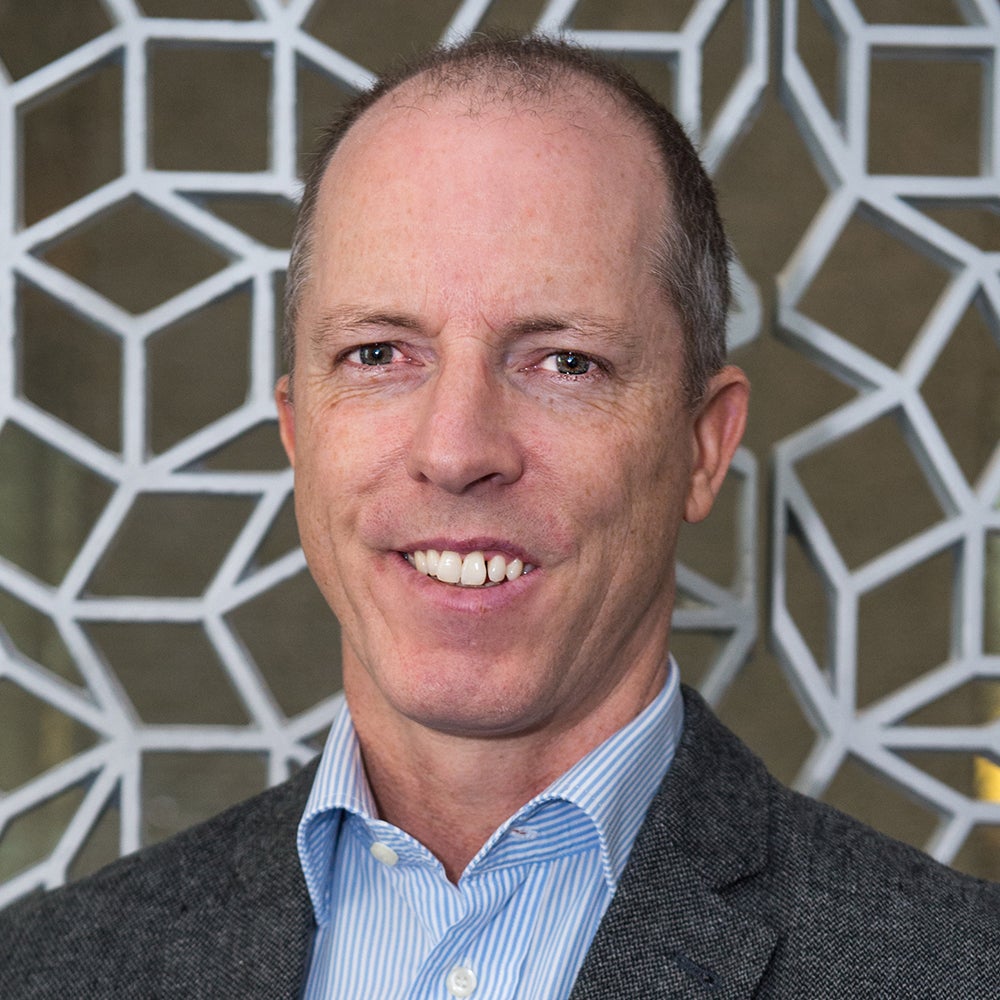
Dr. Nathan Townsend
Assistant Professor
Dr. Nathan Townsend
Assistant Professor
Educational Qualifications
PhD (Sport & Exercise Physiology)
BSc (Hons)
Entity
College of Health and Life Sciences
Biography
Dr. Nathan Townsend is an applied exercise physiologist with extensive industry, research and academic teaching experience, with over 40 research publications and international conference presentations. He obtained his PhD from the Australian Institute of Sport and the University of Sydney. He has held positions at the New South Wales Institute of Sport, Deakin University and Aspetar Orthopaedic & Sports Medicine Hospital, Qatar. Dr. Townsend has worked with several world championship gold medalists in his career.
PhD (Sport & Exercise Physiology)
University of Sydney, Australia
BSc (Hons)
University of Wollongong, Australia
- Physiological responses to exercise in hypoxia
- Adaptation to chronic altitude or hypoxic exposure
- Control of breathing during exercise and sleep
- Oxygen uptake kinetics in health and disease
- Interaction of central vs peripheral mechanisms of fatigue
- Mathematical modelling of high-intensity intermittent exercise
Scientific Researcher
Athlete Health and Performance, Aspetar Orthopaedic & Sport Medicine Hospital
Lecturer (Exercise Physiology)
School of Health and Nutrition, Deakin University, Geelong, Australia
Senior Sport Physiologist
NSW Institute of Sport, Olympic Park, Sydney, Australia
- A novel mixed Living High Training Low intervention and the hematological module of the Athletes Biological Passport. Drug Testing & Analysis. Mar;12(3):323-330
- The Critical Power Model as a Potential Tool for Anti-doping. Front Physiol, 9:643
- Prediction of Critical Power and W′ in Hypoxia: Application to Work-Balance Modelling. Frontiers in physiology, 8: 180
- Ventilatory acclimatisation is beneficial for high intensity exercise at altitude in elite cyclists. Eur J Sport Sci, Nov;16(8):895-902
- Modeling intermittent cycling performance in hypoxia using the critical power concept. Medicine & Science in Sports & Exercise, 48(3), pp.527-535.


